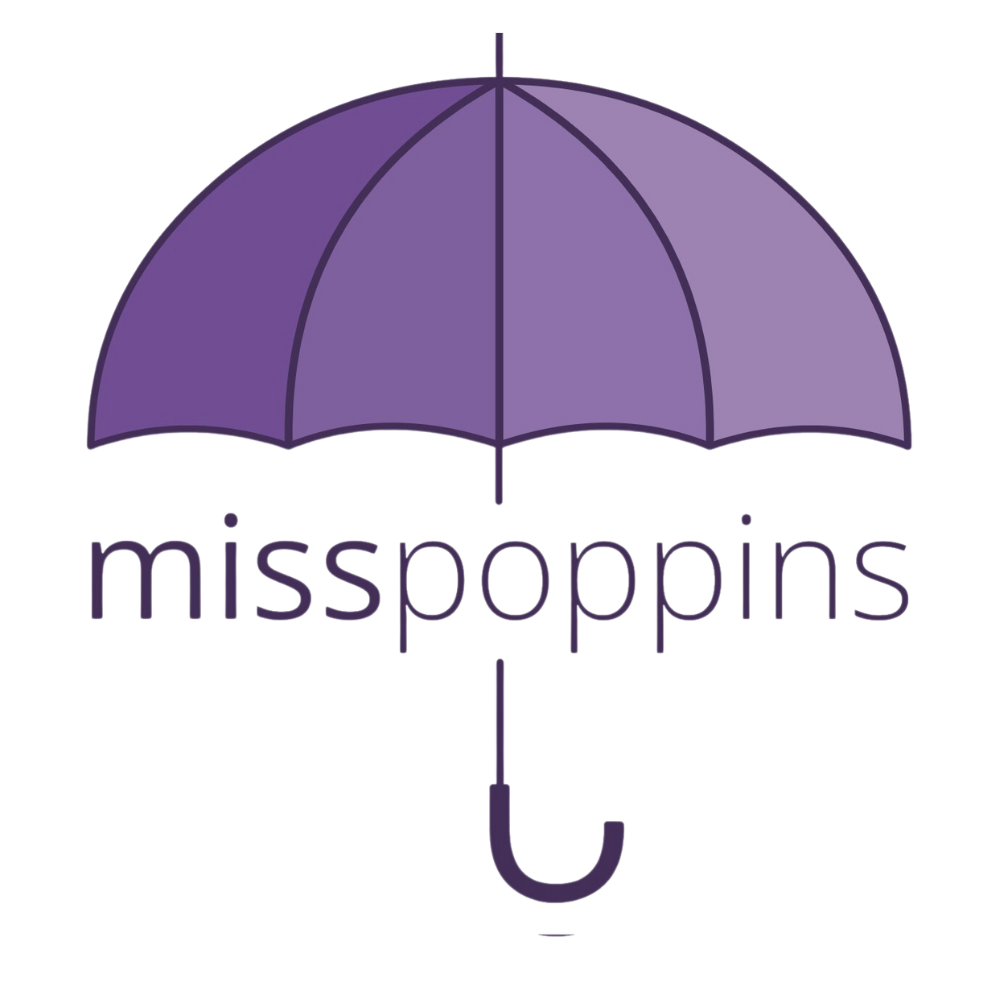Gagging VS. Choking
Safety is a. big concern for many parents with solid food introduction. It’s important to know that babies can choke on anything. As your baby becomes more mobile and increases hand-eye coordination, the risk of choking and exposure to choking hazards increases significantly.
The best way to ease safety concerns is to learn how to respond to a choking baby. If you haven’t already, please enroll in an online or in-person infant CPR course and have anyone taking care of your baby do the same.
Never give your baby anything from the choking hazards list.
*READ MORE: Choking Hazards
HOW DO I KNOW IF MY BABY IS CHOKING?
How do you know if a baby is choking? When we consider choking in CPR courses and think about how we might react, often we focus on the response rather than the identification of choking itself. As a result, it can be difficult to identify choking.
CHOKING
Baby can’t cry, speak, or make noise.
Baby might turn blue, or their lips might turn blue or have a bluish hue
Baby cannot breathe or is gasping or wheezing
Baby appears panicked or troubled
Does not resolve quickly
Requires immediate response
Choking is not safe and not a normal part of infant self-feeding
CALL 911 (U.S. Residents) IMMEDIATELY at the first sign of choking. If Necessary, Begin CPR/CHOKING RESCUE TREATMENT
GAGGING
Gagging can be scary for parents, especially the first few times. Gagging is a normal part of introducing solid foods. An adult’s gag reflex is in the back of the mouth. A baby’s gag reflex is farther forward and localized in a region of their tongue. This location prevents babies from swallowing food without chewing. The gag reflex protects a baby’s airway. Your baby will need to learn to chew food as part of their solid food journey.
When a baby gags while eating, they will either spit out the food or chew more before swallowing. Parents are often concerned about seeing their baby gag or grimace when trying new foods and may even avoid feeding that food to their child. However, gagging or facial expressions do not necessarily indicate dislike. Give your baby time and space to explore new foods, with or without the occasional gag and grimace.
Lots of practice eating and repeated exposure to foods will reduce the amount of gagging that happens during your baby’s mealtime.
GAGGING
Is a normal part of the “learning to eat” process.
Involves sound, air is still passing
Coughing
A red face is normal
Should be over in a few seconds
Babies are not usually bothered by the gagging process, but many parents are nervous the first few times. A negative response when your baby gags can influence their impression of a food or the eating process. So try your best to stay calm and watch closely.
When Your Baby Gags:
Avoid reaching into their mouth to remove food. You might push the food further back.
Stay calm, listen for sounds, like a cough, and watch for your baby to recover within a few seconds.
Coughing and redness are okay.
If you suspect choking, begin first aid immediately.
Remember that gagging is a good thing. It protects your baby’s airway.
Gagging is the body’s way of saying “too much food” or “chew more!”
Be attentive. After you see gagging a few times, you’ll feel more comfortable.
Gagging decreases with experience in eating solid foods

